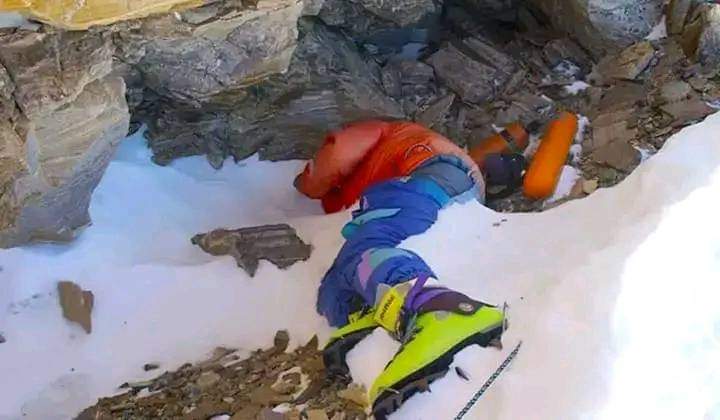
Mount Everest, the crown jewel of the Himalayas, holds a tragic distinction – it’s the final resting place for many who dared to summit its treacherous slopes. These climbers, like Kenyan mountaineer David Kitts Cheruyiot, become forever bound to the mountain, their bodies a stark reminder of Everest’s unforgiving nature.
The culprit? The mountain itself. The death zone, existing above 8,000 meters, throws a brutal combination of factors at climbers – bone-chilling temperatures, oxygen-starved air, and unpredictable weather. These conditions make recovering bodies an incredibly difficult, and often dangerous, task.
Imagine trying to move a frozen body, weighing in excess of 300 pounds, across treacherous terrain with limited visibility due to blizzards. Helicopters, a potential lifeline, struggle to operate in the thin air. The skills and equipment needed for such a recovery mission are highly specialized, pushing the boundaries of human capability at such extreme altitude.
The financial cost is another hurdle. Mounting a recovery mission requires significant resources – manpower, specialized equipment, and logistical planning. Sadly, for many families, the financial burden proves too great.
This harsh reality means that Everest claims its climbers not just in life, but in death. Most remain where they fell, slowly becoming part of the mountain’s icy embrace. Each fallen climber, like the enigmatic Green Boots, believed to be Cheruyiot, tells a story of ambition, courage, and the inherent risk that comes with pushing human limits.
Everest’s summit may be the pinnacle of achievement for some, but it serves as a chilling reminder of nature’s power and the sacrifices some make in pursuit of their dreams.








